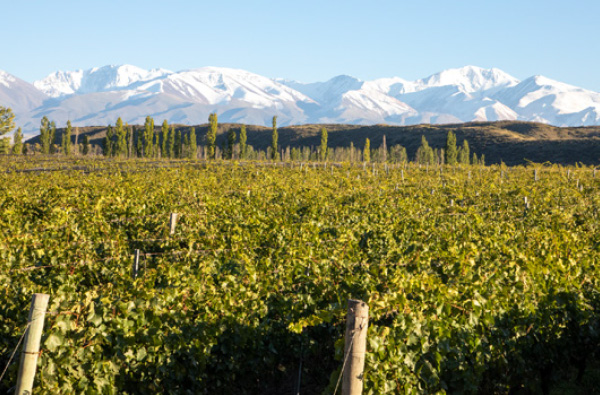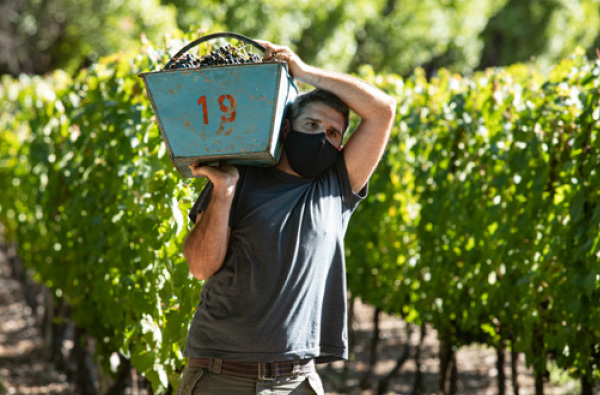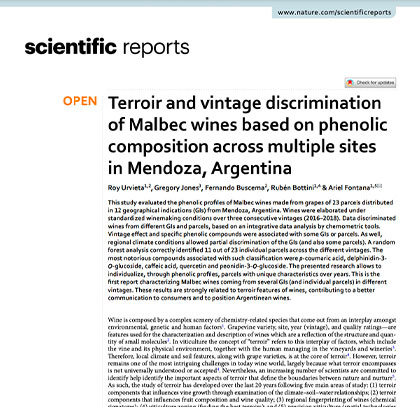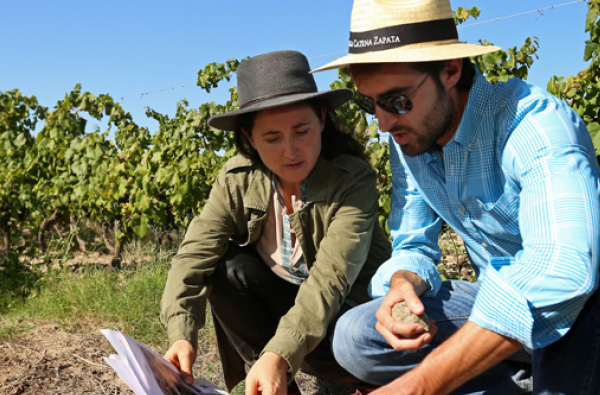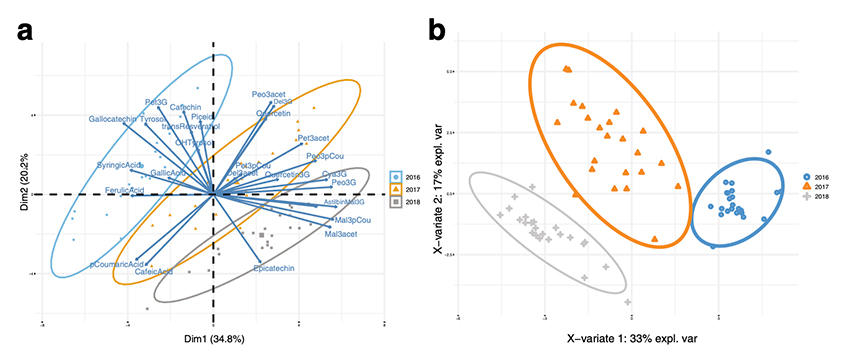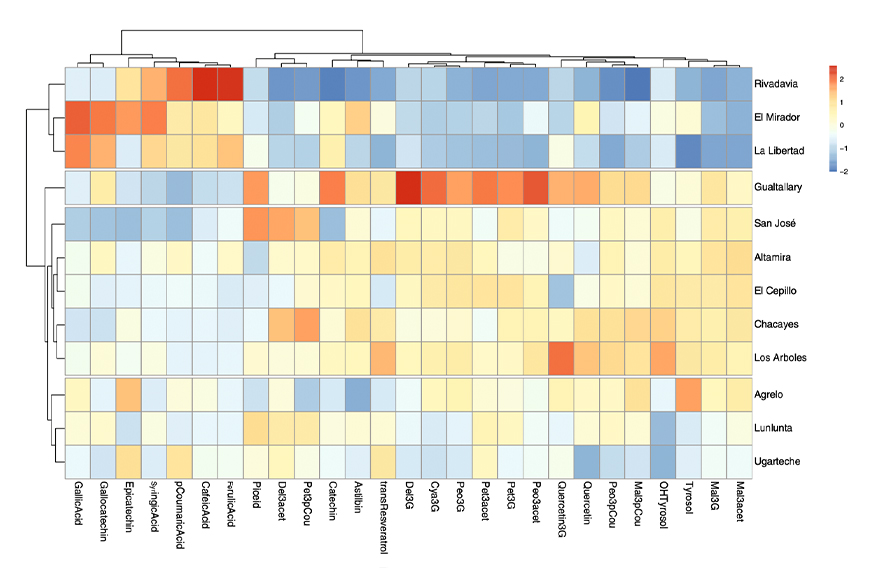HARVEST REPORT - 2021
In general, the 2021 harvest year was cool and with slightly increased rains. We had an average of 15-20% less degree-days than in 2020, and the weather overall was a bit cooler than average. The yields for white varieties were low due to the October frost. Yields for red varieties were normal, with excellent quality and healthy grapes. Because of the cool climate the reds achieved great concentration and ripeness of the skins with moderate sugars and optimal acidity.Prepared by Dr. Laura Catena, Chief Winemaker Alejandro Vigil and Viticulturist Luis Reginato
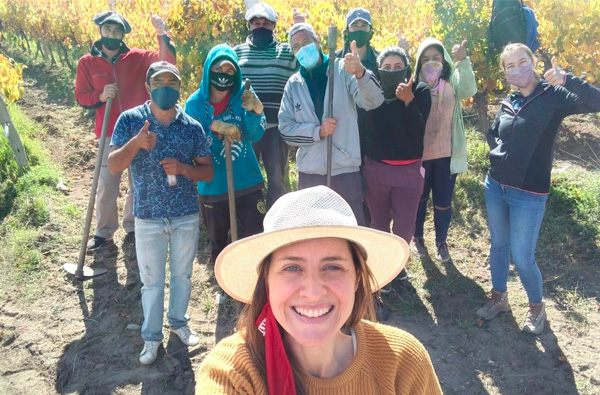
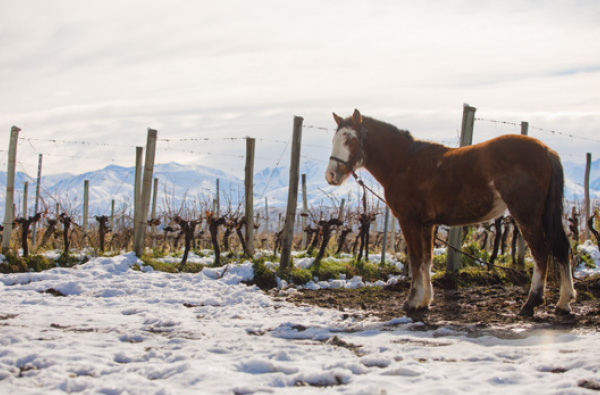
In the winter of 2020 we had more snow and rain than on previous years, and that meant more available glacier water and stunning photographs. The sight of snow-capped mountains next to green, ripening vineyards contrasted with the paucity of tourists who would have delighted in the stunning sights. Given the historic reduction in Glacier water that has resulted from climate change, it was a relief to have a year with abundant water.
During the beginning of spring, on October 5th, there was a frost which affected mostly the early ripening varieties, the white varieties. Anti-frost candles were lit throughout the Uco Valley, which helped to minimize the damage. Fortunately, bud break for Malbec and Cabernet had not yet occurred so the most important red varieties were spared.
Beginning in December, brief summer rains started and recurred every 15 days approximately. These are the classic continental rains in our region.
